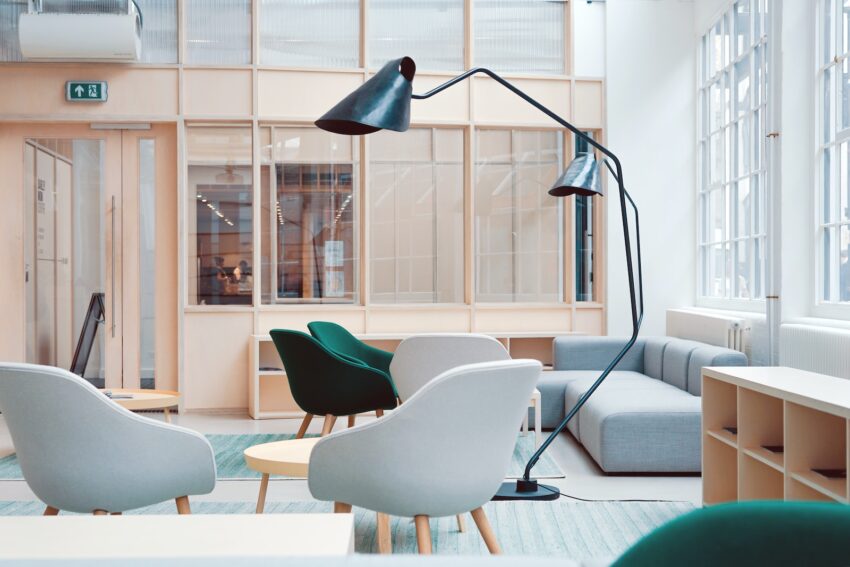While pondering upon the aspects that lead to an effective learning atmosphere, our minds usually drift towards curriculum, teaching techniques, and technological tools in the classroom. However, we often fail to consider the vital role that ergonomics plays in designing school furniture. The design of chairs, desks, and other classroom equipment significantly influences student comfort, well-being, and overall scholastic performance. This write-up delves into the significance of ergonomics in school furniture design and outlines its advantages for students.

Promotes Physical Comfort
Ergonomics is a science dedicated to designing products and systems that enhance human well-being and efficiency. Speaking of school furniture, ergonomics implies developing chairs, desks, and other items that offer adequate support and coziness for pupils during extended sitting durations. Furniture designed with ergonomics in mind enables students to maintain proper posture, thereby reducing the likelihood of developing musculoskeletal issues such as backaches, neck tension, and poor blood circulation.
Enhances Concentration and Focus
Uncomfortable seating and poorly designed desks can be major distractions for students. When students are constantly shifting or experiencing discomfort, their attention span and ability to concentrate diminish. Ergonomic school furniture, on the other hand, promotes a comfortable and supportive environment, enabling students to focus on their studies for extended periods without discomfort. By reducing physical discomfort, ergonomic design contributes to enhanced concentration and improved academic performance.
Supports Correct Posture and Spinal Health
Children and adolescents are still developing physically, and their bodies are more susceptible to the negative effects of poor posture. Ill-fitting chairs and desks can lead to slouching, hunching, and other postural problems, which may have long-term consequences on spinal health. Ergonomically designed school furniture takes into account the natural alignment of the spine and provides proper support to encourage students to sit in correct postures. This helps prevent the development of postural issues and supports healthy spinal development.
Encourages Active Learning
Ergonomics in school furniture design also emphasizes the importance of movement and flexibility. Static sitting for long periods can lead to discomfort and reduced blood flow, negatively impacting student engagement and learning. Incorporating features such as adjustable chairs and desks, as well as furniture that allows for easy movement and collaboration, encourages active learning and dynamic classroom environments. Such designs enable students to shift positions, stretch, and engage in various postures, promoting a more interactive and participatory learning experience.
Boosts Overall Well-being
Creating an environment that prioritizes ergonomic school furniture design contributes to the overall well-being of students. By providing comfortable and supportive seating options, schools demonstrate their commitment to the physical health and comfort of their students. This, in turn, can have positive effects on students’ mental well-being, self-confidence, and overall satisfaction with their educational experience.
The significance of ergonomics in school furniture design cannot be overstated. By incorporating ergonomic principles into the creation of classroom furniture, schools can ensure that students are comfortable, focused, and able to perform their best academically. Ergonomically designed furniture promotes physical comfort, supports correct posture and spinal health, enhances concentration, encourages active learning, and contributes to overall student well-being. As educators and school administrators strive to create optimal learning environments, the role of ergonomics in school furniture design should be given the attention it deserves.


